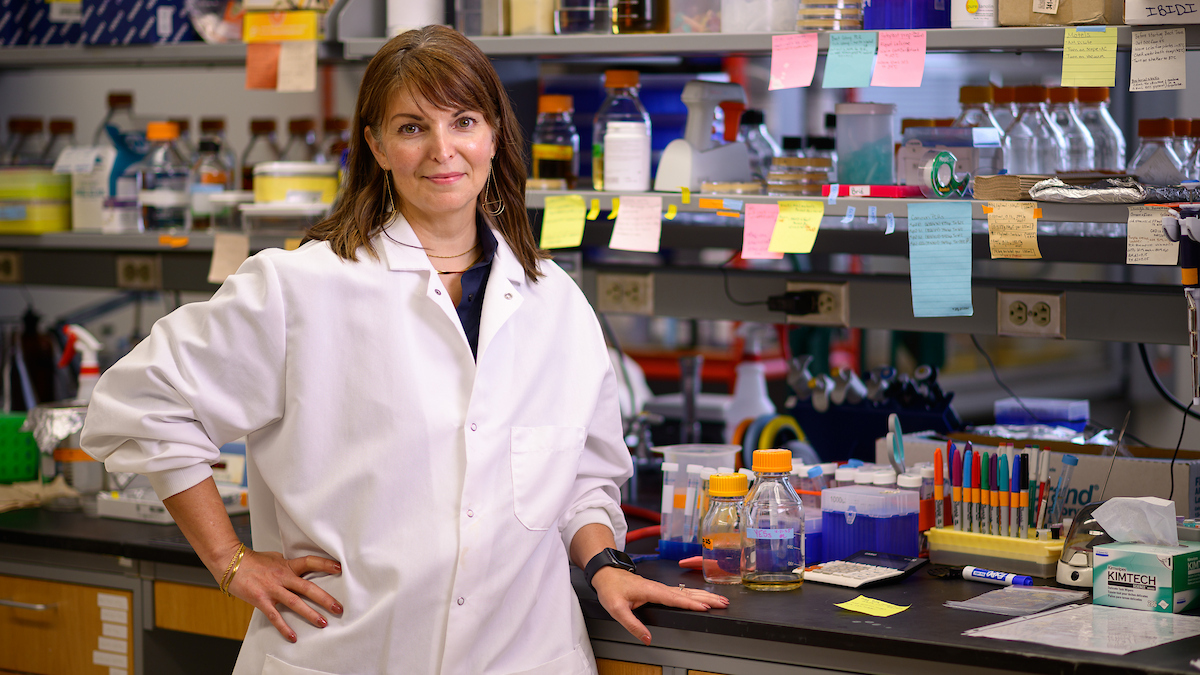Terry Center at NC State Offers Advanced Technology for Removing Cataracts from Pets

Surgeons with the Ophthalmology Service at NC State University’s Randall B. Terry, Jr. Companion Animal Veterinary Medical Center are now employing sophisticated technology unique to colleges of veterinary medicine in the removal of cataracts from the eyes of blind or vision-impaired cats and dogs.
The advanced medical technology has been introduced in human medicine during the past year to speed surgery and improve outcomes. NC State’s Terry Center is the first university-based animal medical facility in the nation to adopt the technology for use with cats and dogs.
According to manufacturer Bausch & Lomb, the Stellaris Vision Enhancement System offers surgeons opportunities to employ advanced microincision surgical techniques. The system is designed to enhance safety, surgical efficiency, and surgeon ergonomics that make cataract surgery easier.
“The new system is more efficient and does speed the process of cataract removal,” says Dr. Brian Gilger, professor of ophthalmology with the NC State College of Veterinary Medicine, and a principal investigator with the NC State Ophthalmology Research Laboratory. “This system is a definite advance over previous technologies and offers flexibility so that we can customize the instrument to our exact surgical needs.”

As in human medicine, removing a cataract from the eye of a cat or dog involves making a small incision in the eye. A process of phacoemulsification, in which an inserted probe ultrasonically fragments and removes the cataract, is then performed. After the defective lens is removed, an artificial replacement lens—the intraocular lens—is positioned. The animal’s eye is closed with small, absorbable stitches. The patient usually goes home the next day and the owner begins the important post-procedure process.
Cataracts are a leading cause of visual impairment in dogs and the problem frequently progresses to cause total blindness. Breeds with a genetic predisposition for cataract development include the Cocker Spaniel, Poodle, Siberian husky, Schnauzer, Old English Sheepdog, Samoyed, Golden Retriever, Labrador retriever, Maltese, Boston Terrier, and Yorkshire Terrier.
[section_subtitle] For more information: [/section_subtitle]
Ophthalmology Service at NC State Veterinary Health Complex
Ophthalmology Research Laboratory


